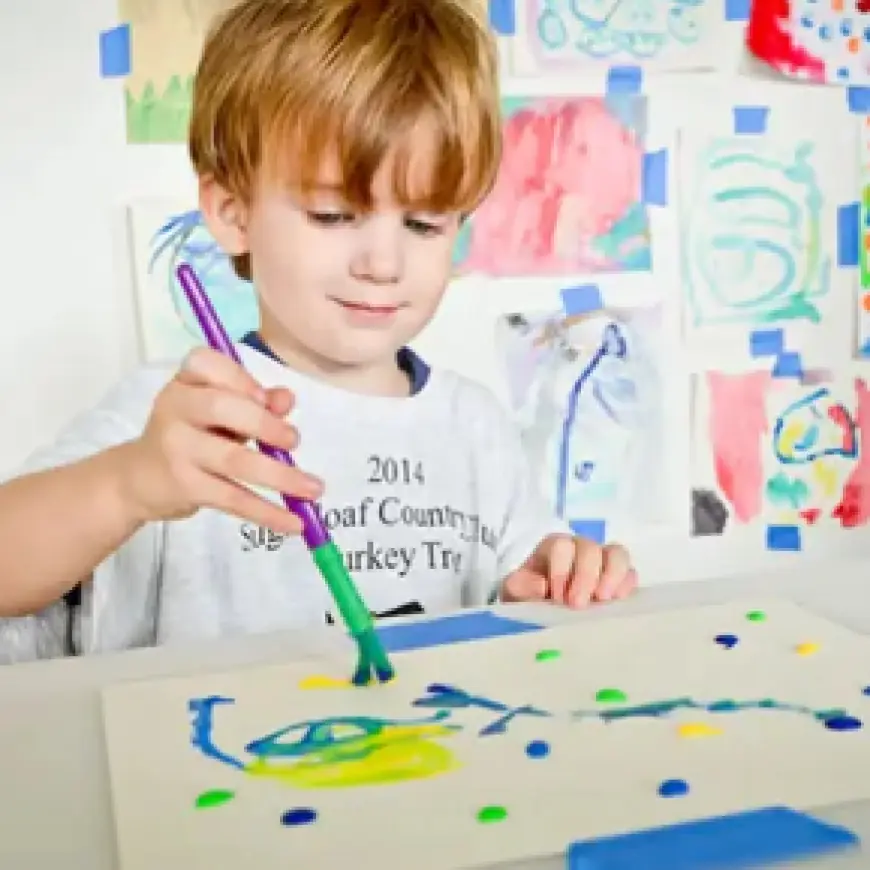Healing Through Creativity: The Power of Art Therapy in Psychology

Art therapy is more than painting pretty pictures—it’s a clinically grounded psychological approach that taps into the healing power of creativity. For many, words fall short when expressing trauma, stress, or deep emotional pain. That’s where art steps in.
Rooted in the idea that creative expression can foster emotional well-being, art therapy helps individuals explore feelings, reconcile emotional conflicts, reduce anxiety, and increase self-esteem. It’s used across age groups—from children navigating behavioral challenges to adults managing PTSD, grief, or chronic illness.
In a session, clients might paint, draw, sculpt, or collage—not to create masterpieces, but to unlock the subconscious. The focus isn’t on artistic skill, but on expression. A therapist trained in both art and psychology helps interpret the imagery and emotions behind each creation.
For example, a child who can’t verbalize bullying at school might draw chaotic or dark scenes. An adult recovering from loss may find comfort in symbolizing their grief through color and shape. Over time, these visual narratives become gateways to deeper healing.
What makes so powerful is its non-threatening nature. It bypasses the mind’s defenses and gives voice to what might be too painful—or too complex—to articulate. It also empowers clients. They’re not just talking about problems; they’re actively creating through them.
In today’s high-stress world, where mental health issues are rising, art therapy offers a quiet yet profound path to inner clarity and resilience. Whether you’re facing emotional turmoil or simply seeking deeper self-awareness, the canvas may be the bridge to healing your mind.
What's Your Reaction?
 Like
0
Like
0
 Dislike
0
Dislike
0
 Love
0
Love
0
 Funny
0
Funny
0
 Angry
0
Angry
0
 Sad
0
Sad
0
 Wow
0
Wow
0















































